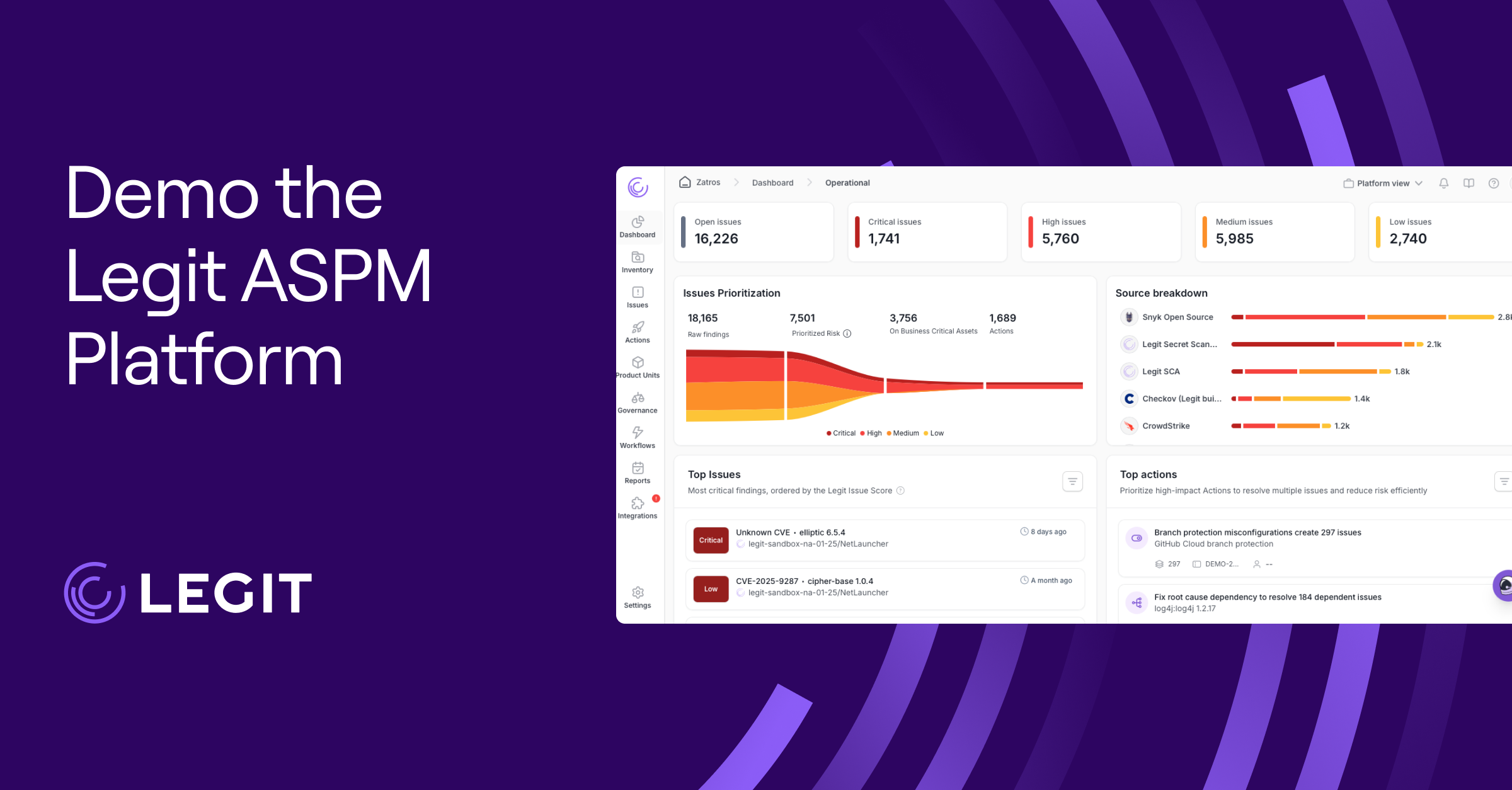Cyberthreats are on the rise and evolving faster than traditional tools can keep up. Attackers now use automation, artificial intelligence (AI), and adaptive technologies to slip past static rules and outdated signature databases.
To stay ahead, security teams are fighting fire with fire, using AI that analyzes behavior in real time and adapts to new attack patterns, spotting risks faster and more accurately.
In this guide, we’ll explain how AI threat detection works, what technologies power it, and how organizations are applying it to their security strategies.
What Is AI-Driven Threat Detection?
AI-driven threat detection uses artificial intelligence and machine learning to identify cyber threats that humans and traditional tools often miss. Rather than relying solely on fixed rules or matching known attack signatures, AI systems learn from massive volumes of data—past incidents, live activity, and threat intelligence feeds—to detect anomalies in real time.
By recognizing unusual patterns in network traffic, API calls, or user actions, AI-powered tools flag suspicious behavior that might signal a breach, even if the type of attack is entirely new. This continuous monitoring supports faster incident response, strengthens overall cybersecurity posture, and gives security teams a proactive edge against evolving attack vectors.
What Advantages Does AI Offer in Threat Detection?
The biggest advantages of AI-driven threat detection are speed and context. Traditional tools often take a narrow view, reacting only after someone discovers suspicious activity in logs. But AI doesn’t wait. It analyzes in real time to detect anything atypical right as it’s happening. That means faster responses and fewer missed threats. It also means less noise. By analyzing behavioral indicators and patterns, AI-powered tools identify things that bypass traditional email filters, such as sophisticated phishing campaigns or malware hidden in seemingly legitimate software updates.
By learning what’s typical for your environment, AI zeros in only on anything that seems unusual, like a user accessing sensitive files for the first time or a new process launching without a clear parent.
AI also delivers at scale. With automated threat detection, you can monitor thousands of endpoints, cloud services, and developer workflows without manually inspecting every log or alert. Instead of drowning in low-priority flags or chasing routine activity, security teams can focus on alerts that actually matter. That shift away from reactive cleanup and toward proactive, high-confidence investigation is where AI really excels.
AI Technologies and Capabilities for Threat Detection
AI-driven threat detection uses several advanced technologies that work in concert to give security teams the visibility and precision to spot threats early. Here are a few of the most important.
Adaptive Learning Capabilities
AI systems evolve. Rather than depend on static rules or infrequent manual updates, adaptive systems continuously absorb information from network traffic, system logs, and user behavior. This constant learning sharpens their sense of what’s typical, making it easier to flag even slight deviations worth investigating.
Advanced Pattern Recognition
Instead of matching against a list of known threats, advanced pattern recognition tools read events in context. They connect the dots on subtle, suspicious behavior—like a sudden spike in database queries at midnight or file transfers linked to no approved change. By being able to tell them apart from routine operations, they reduce the false positives that older scanners often produce.
Artificial Neural Networks
Modeled loosely on how the human brain processes information, neural networks excel at following sequences of events rather than isolated incidents. This lets them pick up on complex attacks such as lateral movement through a network, privilege escalation, or polymorphic malware that changes tactics to avoid discovery.
Real-Time Threat Response
AI finds problems, and it also acts on them. Many AI cybersecurity platforms now use automated threat detection and response (TDR) to send alerts, contain suspicious processes, and shut down malicious connections before they spread. When attackers move fast, that speed matters—whether it’s ransomware deployment or a supply chain compromise.
What Are Some Applications of AI Threat Detection?
Threat detection is one of the most effective use cases for AI in cybersecurity, helping security teams react faster and stay one step ahead. Here are four areas where it’s making an impact:
- Network security: AI constantly monitors network traffic and flags suspicious patterns, such as unusual access attempts or data exfiltration. Unlike signature-based systems, AI models learn what normal traffic looks like and spot new, evolving threats.
- Endpoint security: Every laptop, mobile device, or server connected to your environment is a potential vulnerability. AI strengthens endpoint defenses by analyzing behavior directly on each device. It adapts to user habits and system changes, producing more accurate alerts and fewer false positives.
- Fraud and anomaly detection: In industries like finance and e-commerce, AI now leads the fight against fraud. It analyzes transaction data and behavioral signals to expose identity theft, account takeovers, and suspicious payment activity. Over time, these systems sharpen their ability to catch patterns that traditional filters often miss.
- Threat hunting: AI expedites the search for hidden threats by combing through massive datasets to surface patterns and indicators that could take a human analyst hours—or even days—to find. It can pinpoint stealthy threats, trace their origins, and take action before they escalate into full-blown incidents.
3 AI Threat Detection Implementation Strategies
Adopting AI for threat detection involves more than just plugging in a tool. You need a strategy that fits your current environment and will scale with your security needs in the future. Here are three practical ways to implement it effectively.
1. Integrate It With Existing Cybersecurity Systems
AI threat detection delivers the most value when it enhances your current defenses rather than replacing them. Most modern platforms connect easily to Security Information and Event Management (SIEM) tools, firewalls, endpoint protection, and DevOps pipelines. Prioritize solutions that support open APIs or plug-and-play integrations so you can strengthen vulnerability management and threat modeling without rebuilding from scratch.
2. Make Sure It Has Real-Time Monitoring and Alerts
AI’s strength lies in catching suspicious activity as it happens. The system you choose should process data and detect anomalies in real time, scanning logs, network traffic, and endpoints on the fly. Some AI-enhanced platforms go further with built-in automations that isolate devices or revoke access instantly—speed that can mean the difference between containment and a breach.
3. Ensure Scalability
As your threat landscape expands, your detection strategy needs to evolve. Scalable AI systems process huge data volumes without slowing down, while letting you adjust detection rules and response playbooks to fit your operations. This flexibility makes AI a natural fit for growing teams and environments where AI in DevOps is central to workflows.
AI Threat Detection Made Easy With Legit Security
Legit Security brings AI-driven threat detection into the software development lifecycle with a platform designed to protect modern, AI-powered pipelines. Legit’s AI Security Posture Management (AI-SPM) solution continuously monitors developer activity, AI models, training data, and code repositories, flagging risks like exposed endpoints or prompt injection patterns.
What sets Legit apart is its ability to surface threats in context. Instead of flooding your queue with alerts, it routes them to the right teams and assigns the right risk levels.
For AI-aware security that doesn’t slow development, Legit delivers. Request a demo today to get started.
Download our new whitepaper.


